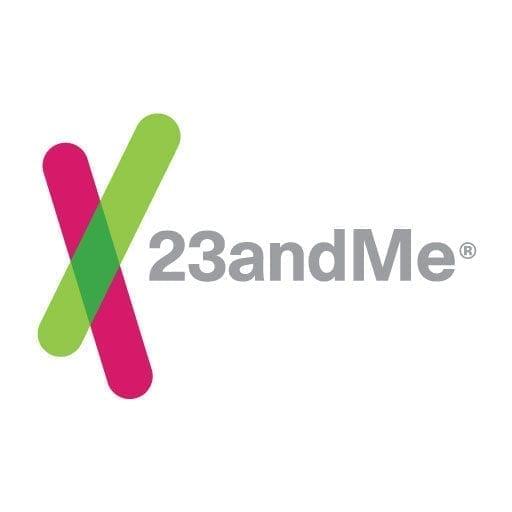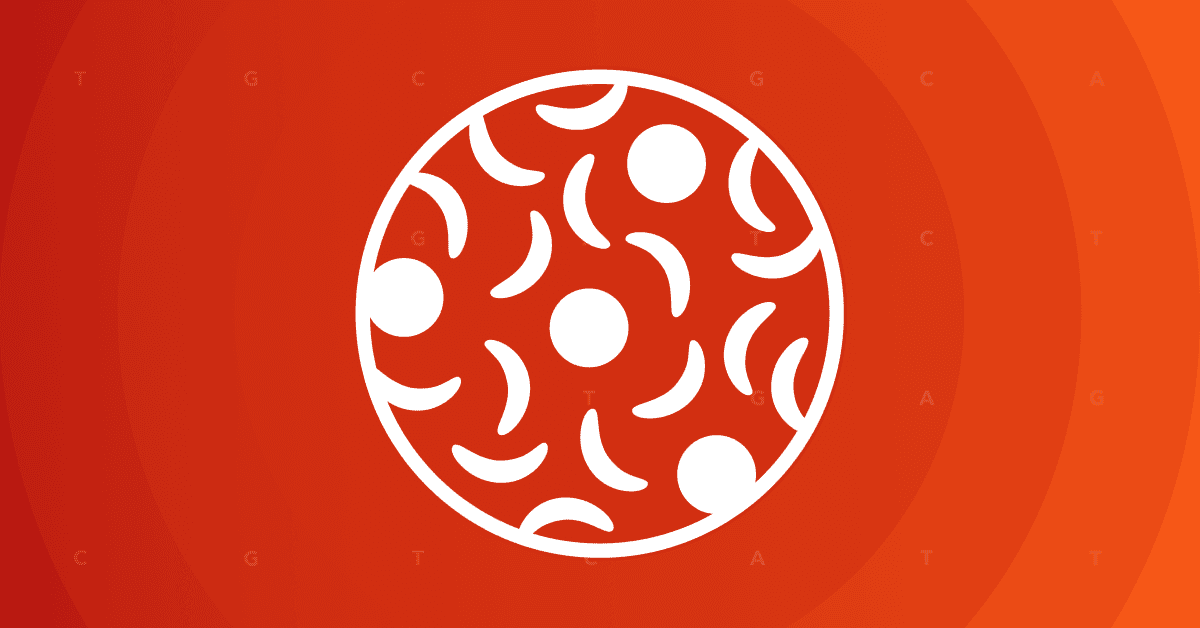Svante Paabo and his team in Leipzig are up to it again,  and revealing more detail about interbreeding between modern humans and our early human cousins, the Neanderthals.
and revealing more detail about interbreeding between modern humans and our early human cousins, the Neanderthals.
No stranger to extracting ancient DNA, Paabo, the director of evolutionary genetics at the Max Planck Institute for Evolutionary Anthropology in Leipzig, Germany, was the first to decode the Neanderthal genome.
Neanderthals and Modern Humans
That was when researchers first learned that Neanderthal and humans mated, and that all human with Asian or European ancestry, who are living today carry remnants of that Neanderthal DNA.
Beyond the marvel of actually extracting DNA from the femur of the ancient human known as the “Ust’-Ishim man,” and sequencing that DNA to the same accuracy as that achieved from sequences for living people, is what this sequence is telling scientists about human evolution and migration.
“The population to which the individual belonged may have split from the ancestors of present-day West Eurasian and East Eurasian populations before, or at about the same time, when these two first split from each other,” Paabo in an announcement regarding the paper.
Interbreeding
Although some of the coverage this week, has focused on the fact that humans and Neanderthals were interbreeding, that really is old news. What’s more significant is what that DNA is telling us about when the interbreeding occurred and hinted at when and where humans first migrated out of Africa and then into Asia and Europe.
The sequence indicated that this early human also had about the same percentage of Neanderthal DNA as we do today, but that the segments of that DNA were much longer. Because of how DNA recombines with each generation, this is what researchers thought they would see. It also helped them more precisely pinpoint when interbreeding between humans and Neanderthals occurred to sometime between 50,000 and 60,000 years ago.
Migration Timeline
Previous estimates ranged much wider saying that it occurred between 30,000 and 80,000 years ago. Pinpointing the time is significant because that period also corresponds with when humans were first migrating out of Africa and through the Middle East, according to Janet Kelso, who did the computer based analyses of the sequence. Humans likely migrated out of Africa about 100,000 years ago, and perhaps came into contact with Neanderthals in the Middle East, mixing with them there before migrating into Europe and Asia.
There is much more value in this ancient genome for researchers as they compare it to the genomes of modern humans. For instance, it allowed researchers to estimate that between one and two mutations per year accumulated in human populations in Europe and Asia since the Ust’-Ishim walked the earth.
Not much is known about this one man, however. There were no artifacts found with him. But looking at his DNA, researcher learned that he has more in common with modern Asians than with modern day Europeans. In their paper the researchers suggested that this lends weight to a theory that there were waves of migration into Europe, but that modern humans descend from a population who “did not participate in the initial dispersal of modern humans into Europe and Asia.”
![]()
Got Neanderthal DNA?
23andMe customers can find their inner Neanderthal or at least how much Neanderthal DNA they have. Not yet a customer? Visit our store!



